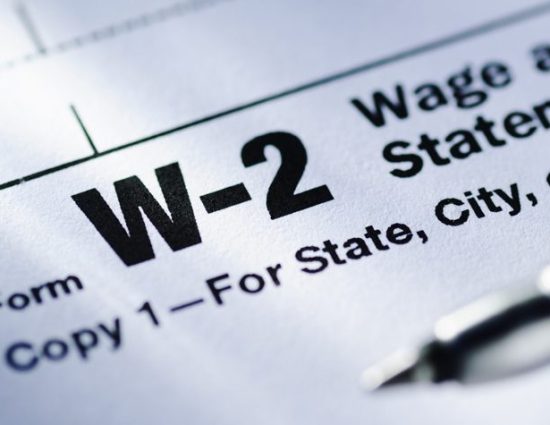Mastering Employee Transfer Letters: Essential Tips & Letter Format Template

Employee transfers are crucial in today’s dynamic work environment, facilitating talent development and meeting organizational needs. A well-written transfer letter ensures clarity and sets expectations for both employees and employer. In this guide, we’ll cover essential tips and offer a template to help you craft the perfect employee transfer letter.
What Is an Employee Transfer Letter?
Employee transfer letters are given to employees who are being relocated to a different branch, department or location of their employer. The reason for these letters is more than professional courtesy: transfer letters supply both employee and employer with the “ground rules” of the transfer. We’ve outlined some best practices for writing an employee transfer letter below. Additionally, if you have been assigned an international relocation, check out our page on best practices for writing a global assignment letter of understanding.
What Is the Purpose of A Transfer Letter?
Transfer letters are central to successful employee relocations. Among the goals of these documents are the following:
- Create a written record of the employee’s transfer for the personnel file.
- Provide evidence that the employee’s compensation account follows the employee accurately.
- Track the personnel in each department to ensure a correct head count for staffing purposes.
Whether the transfer is employer-generated or a mutual agreement between employer and employee, the transfer letter offers physical evidence of the move from one department or location to another.
Essential Checklist for Writing an Employee Transfer Letter
Consider the following items as a template from which to create appropriate transfer letters. Be sure to include:
- The employee’s full name and current address, with accurate contact information
- Reason for the transfer
- Name of the department or location from which the employee is transferring
- Name of the department or location to which the individual is moving
- The exact effective date the transfer will take place
- The official start date in the new location, if the date is different from the effective date of the transfer
- The name of the new supervisor to whom the transferee will report
- The creation or issue date of the transfer letter
- The details of the position in the new location, including any bonuses the employee is to receive as a result of the transfer
- Use a standard letter or memo format, whichever is consistent with previous transfer letters issued by the employer
- Closely proofread the letter to ensure accuracy
- Ensure the letter or memo has the original signature of the appropriate person authorizing the transfer
If there is a change in title or responsibilities, details about those changes may be described. Additionally, changes in titles and duties should be documented for inclusion in the employee’s personnel file. The letter should refer to the company’s relocation policy and summarize the portions of the policy that are applicable to the employee. It’s important to adhere to the company employee transfer letter format for consistency and clarity in communication. This letter should be formal, as it forms the basis for the employees legal contract.
Clarity is vital to transfer letters. They should be straightforward to avoid misunderstandings or confusion regarding the transfer.
How Should You Format an Employee Transfer Letter?
Having trouble drafting your own employee transfer letter? Check out a basic example below. A few tips for building a transfer letter:
- Craft a letter that is unique to the employee
- Include assignment-specific details that will leave little chance of misunderstanding
- Set employee expectations with regard to relocation: including finances, moving household goods, home finding assistance, and the like
Transfer Letter Template
Download an easy-to-use Word template here.
Creating a seamless employee transfer process is essential for maintaining morale and productivity. Need more guidance on optimizing your relocation program? At CapRelo, we specialize in simplifying employee transitions, offering expert advice and customized solutions for your business. Explore our comprehensive resources or contact us today to learn how we can support your employee mobility needs.
Employee Transfer Letter FAQs
What are common reasons for an employee transfer?
Employee transfers can be initiated based on career development opportunities, or workforce adjustments. They can also be approved after a direct transfer request from an employee.
Why do you need an employee transfer letter?
An employee transfer letter provides clarity for both the employee and the employer on key elements such as salary, benefits, title changes, and the like. It is official documentation that outlines expectations moving forward between the two parties.
What are the benefits of an employee transfer?
Employee transfers can foster team collaboration, improve employee morale, increase efficiency, meet key skills gaps, and develop talent.



